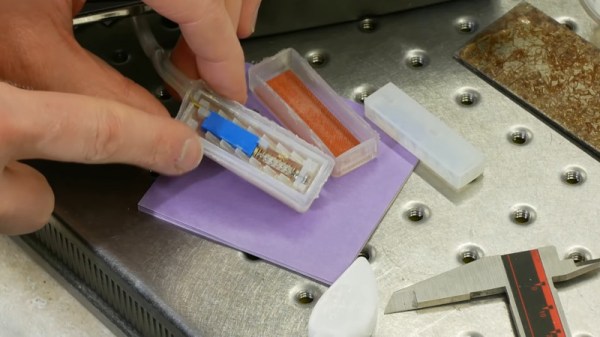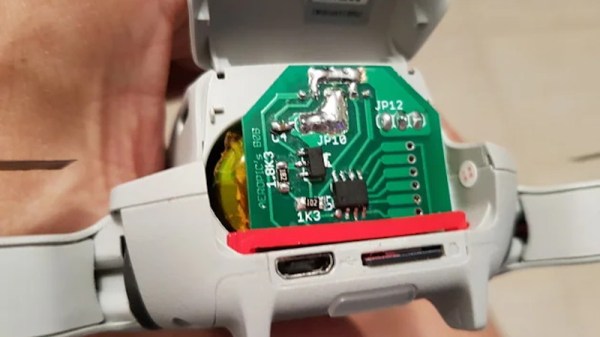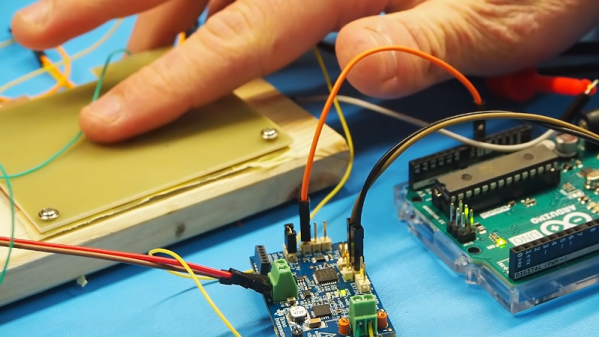Sometimes, standard hardware won’t do when it comes to the differently abled. [Ben Krasnow] found himself recently working on a project for a musician who doesn’t have the use of his legs, and thus needed to create a new interface to replace a standard expression pedal.
[Ben] is a big fan of the build first method of working, and demonstrates why it works well. In this case, the first attempt involved a pneumatic design, where the user would bite down on an air bladder that actuated a remotely-located potentiometer via a tube and bellows. However, while this design worked, the tactile feedback was poor. This led to experimentation with mechanical designs, with an initial attempt involving a 3D printed mechanism and a rotary pot. This was better, but still had problems with damage from teeth and poor feel .The final design is essentially an analog button, built with fabric-impregnated silicone for wear resistance and using a linear pot for smooth feedback.
The final design is impressively tidy, and [Ben] notes that while it looks simple, it was only arrived at by trying plenty of worse solutions first. We’ve seen other work done in the gaming world too; recently, modular controllers have come into vogue to serve a wide variety of needs. Video after the break.
Continue reading “Custom Bite Sensor Replaces Keyboard Expression Pedal”

















